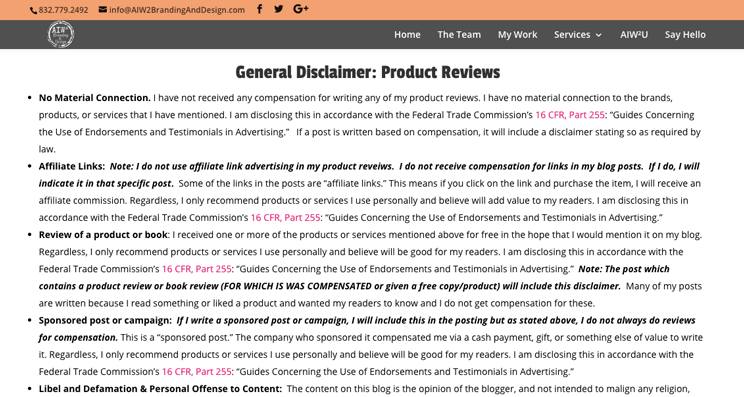Price Subject To Change Disclaimer Examples
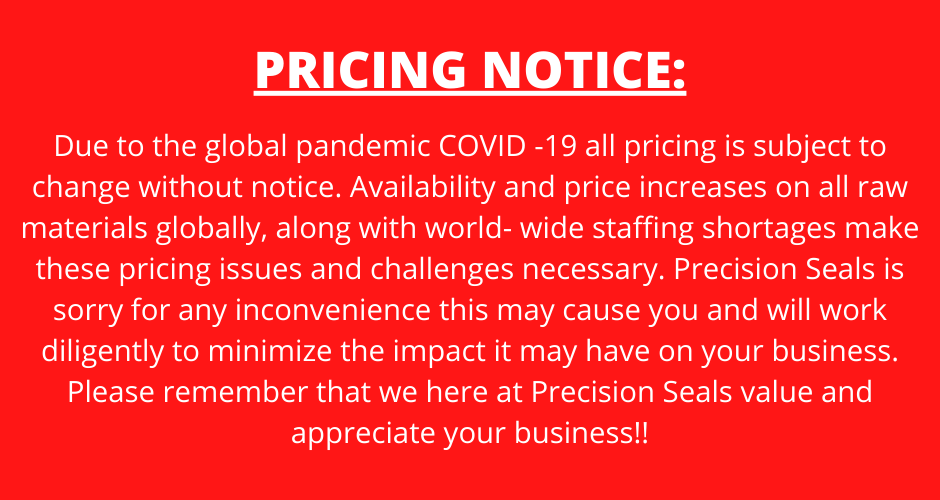
The ubiquitous phrase, "Price Subject to Change," has become a constant companion in modern commerce, flashing across websites, tucked into contracts, and echoing in the fine print of advertisements. But its seemingly simple message masks a complex reality, one fraught with potential for both legitimate business practice and consumer exploitation. Understanding the nuances of this disclaimer, and the circumstances under which it holds water, is crucial for both businesses and consumers navigating today's volatile marketplace.
At its core, the "Price Subject to Change" disclaimer is a legal safeguard allowing businesses to adjust prices due to unforeseen circumstances. This encompasses a wide range of factors, from fluctuating raw material costs and supply chain disruptions to errors in pricing and shifts in market demand. However, the validity and ethical application of this disclaimer are often debated, particularly when applied retroactively or without sufficient justification. This article delves into the intricacies of this disclaimer, providing examples, exploring legal considerations, and offering guidance for both businesses and consumers.
Understanding the "Price Subject to Change" Disclaimer
The disclaimer serves as a notification that the price initially quoted or advertised might not be the final price a customer pays. It is designed to protect businesses from situations outside their control that significantly impact their costs. The key lies in the legitimacy of the reasons for price alteration and the transparency with which the changes are communicated.
Legitimate Reasons for Price Adjustments
Several factors can legitimately warrant a price change. Fluctuations in the cost of raw materials, especially in industries like construction and manufacturing, are a primary driver.
Supply chain disruptions, whether due to natural disasters, geopolitical events, or logistical bottlenecks, can also significantly increase costs. Furthermore, unintentional errors in pricing, such as typos or system glitches, may necessitate correction.
Finally, significant shifts in market demand can influence pricing strategies, although this reason is often viewed with greater scrutiny.
Examples of the Disclaimer in Practice
Consider a construction company providing an initial estimate for a home renovation. The estimate might include a clause stating that the price of lumber is "subject to change based on market fluctuations."
Similarly, an online retailer might display a disclaimer on product pages indicating that prices are "subject to change without notice due to supplier price increases." Airlines frequently use similar disclaimers, citing fuel costs or regulatory changes as potential drivers of price adjustments.
"While these disclaimers are often necessary for businesses to operate in uncertain environments, they must be applied fairly and transparently," explains consumer law attorney, Sarah Miller. "Consumers have a right to understand why a price is changing and to be given the option to cancel if the new price is unacceptable."
Legal Considerations and Consumer Rights
The legal standing of "Price Subject to Change" disclaimers varies depending on jurisdiction and the specific circumstances. In many regions, contract law dictates that significant changes to agreed-upon terms require mutual consent.
This means that businesses cannot unilaterally impose price increases after a contract has been signed, unless the contract explicitly allows for it with clear and reasonable terms. Unfair or deceptive practices, such as bait-and-switch tactics or hidden fees, are often prohibited by consumer protection laws.
Consumers have the right to question price increases and demand justification. They also have the right to cancel an order or contract if the revised price is unacceptable, particularly if the original agreement did not adequately disclose the possibility of such changes. Consumer advocacy groups often advise individuals to document all communication with businesses and to seek legal advice if they believe they have been unfairly treated.
Transparency and Communication
The key to ethically using the "Price Subject to Change" disclaimer lies in transparency and clear communication. Businesses should clearly articulate the potential for price changes and the reasons why they might occur.
Providing advance notice of price increases, whenever possible, allows customers to make informed decisions. It is also crucial to avoid deceptive or misleading practices, such as advertising artificially low prices with the intention of later increasing them significantly. Reputable businesses prioritize maintaining customer trust by being upfront about pricing policies.
Best Practices for Businesses and Consumers
For businesses, implementing a clear and well-defined pricing policy is essential. This policy should outline the circumstances under which prices may change, the methods for communicating these changes to customers, and the options available to customers if they are unhappy with the revised price.
Training staff to handle pricing inquiries with transparency and empathy is also crucial. Consider offering price guarantees or fixed-price contracts whenever feasible, especially for long-term projects.
For consumers, carefully reading the terms and conditions of any purchase is paramount. Don't hesitate to ask questions about pricing policies and the potential for price changes. Obtain written confirmation of any agreed-upon prices.
If a business attempts to impose an unexpected price increase, document all communication and consider seeking advice from a consumer protection agency or legal professional. Remember, you have the right to negotiate and, in many cases, to cancel the transaction.
"The rise of e-commerce and increasingly complex supply chains has made 'Price Subject to Change' disclaimers almost unavoidable," says Dr. Emily Carter, Professor of Economics. "However, businesses have a responsibility to use these disclaimers ethically and to prioritize transparency and fairness in their dealings with consumers."
The Future of Pricing Disclaimers
As the global economy becomes increasingly volatile, the "Price Subject to Change" disclaimer is likely to remain a fixture of commerce. However, increased scrutiny from regulators and consumer advocacy groups is pushing businesses toward greater transparency and accountability.
Technology may play a role in improving price predictability. Sophisticated forecasting tools and dynamic pricing models can help businesses anticipate and manage fluctuations in costs, reducing the need for drastic price adjustments. Blockchain technology could also enhance supply chain transparency, providing consumers with greater insight into the factors influencing prices.
Ultimately, the ethical and effective use of the "Price Subject to Change" disclaimer depends on a commitment to fairness, transparency, and open communication between businesses and consumers. By understanding the nuances of this disclaimer and upholding their respective rights and responsibilities, both parties can navigate the complexities of modern commerce with greater confidence.
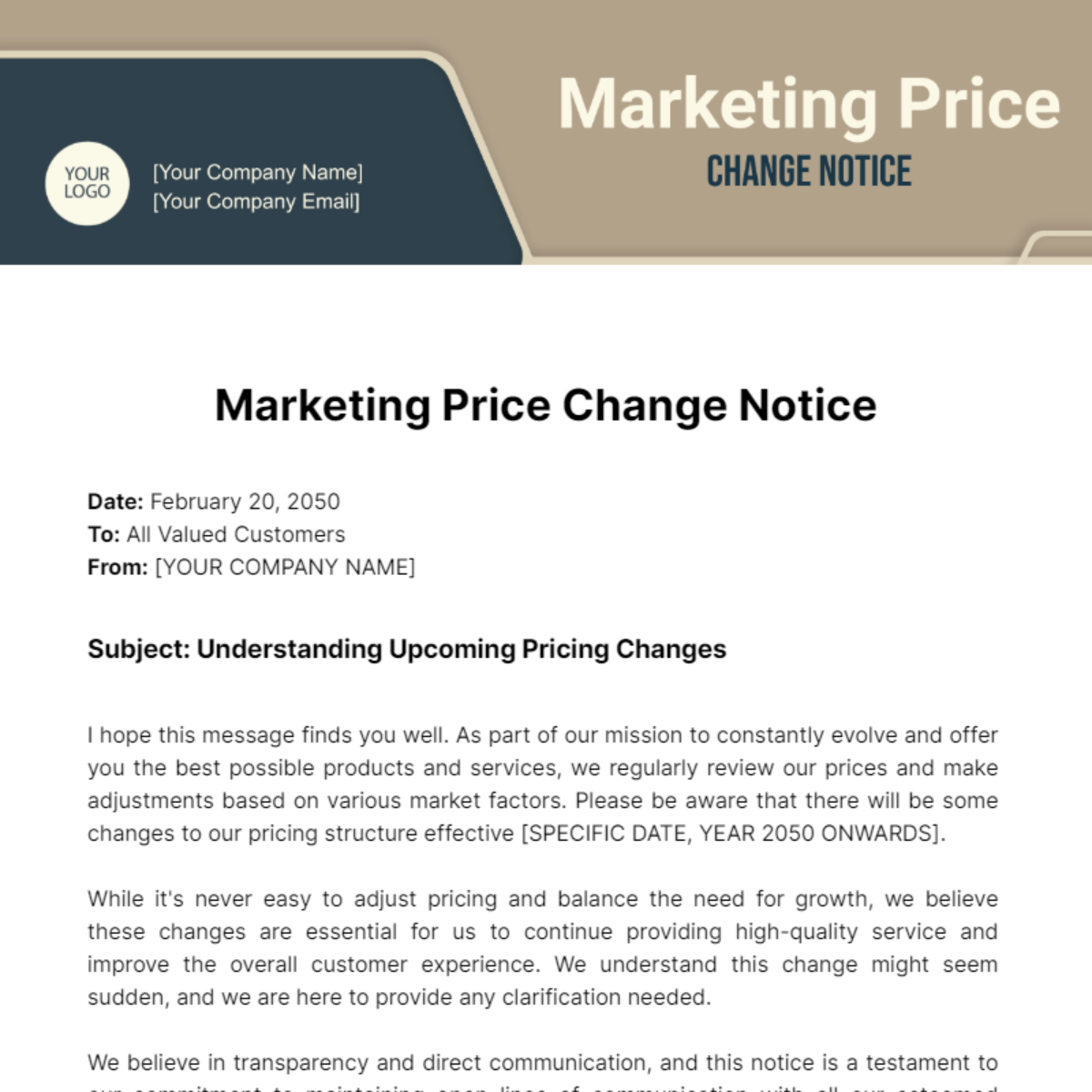

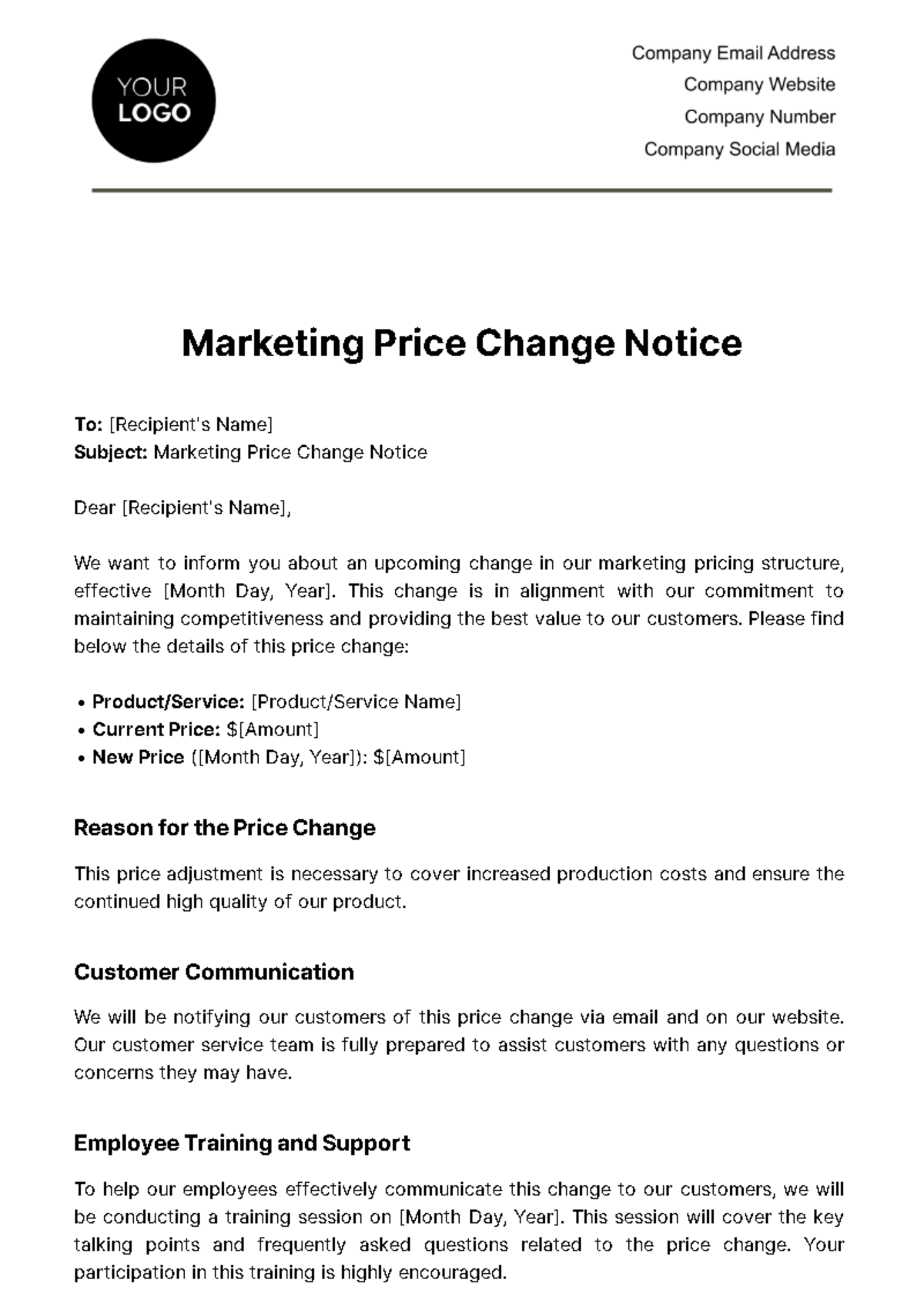
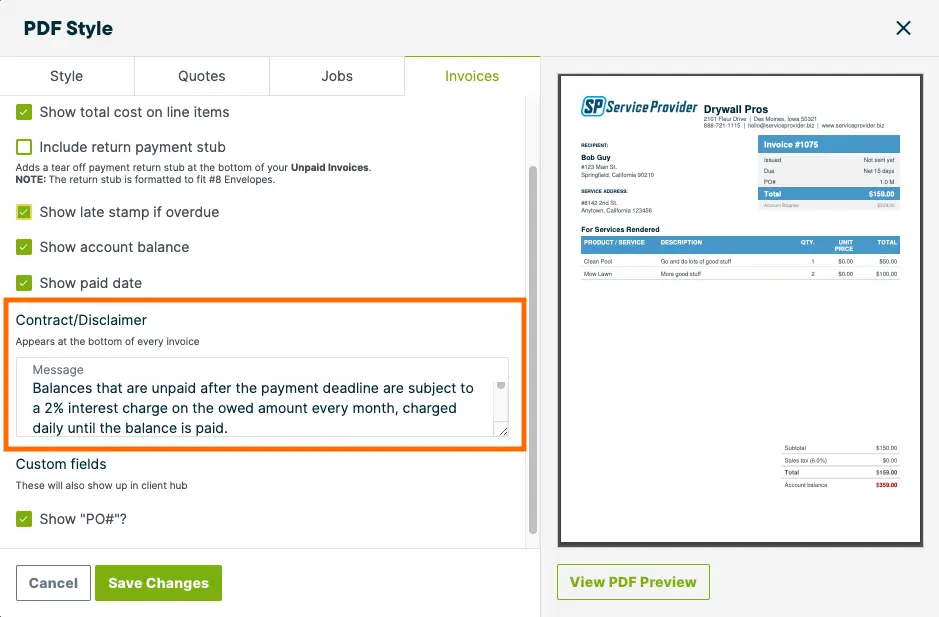


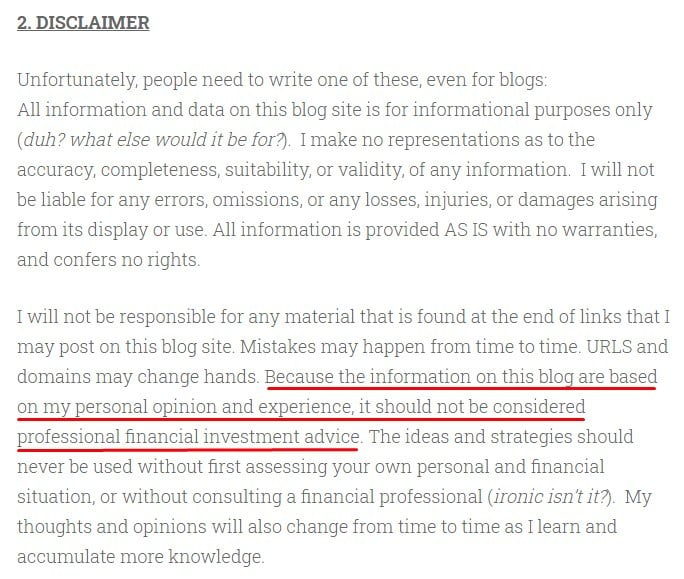
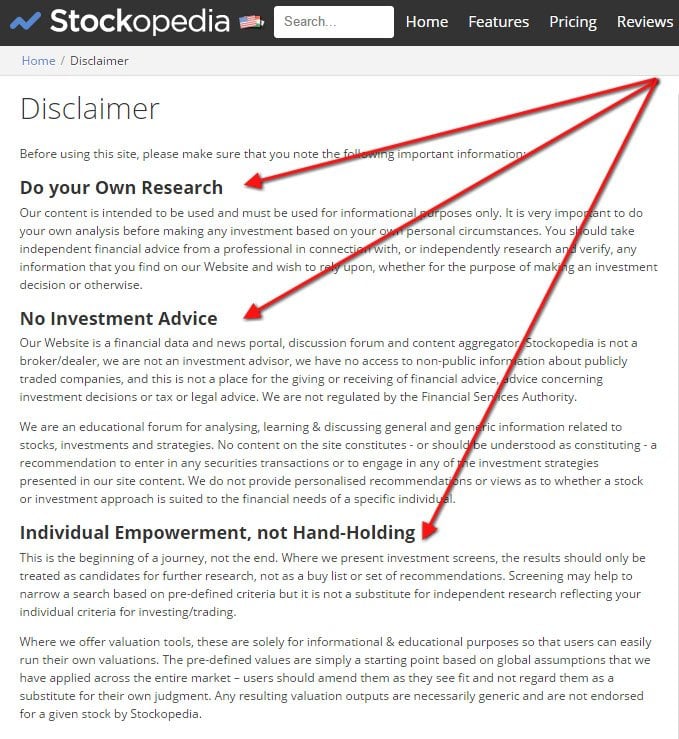


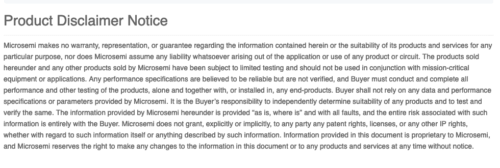
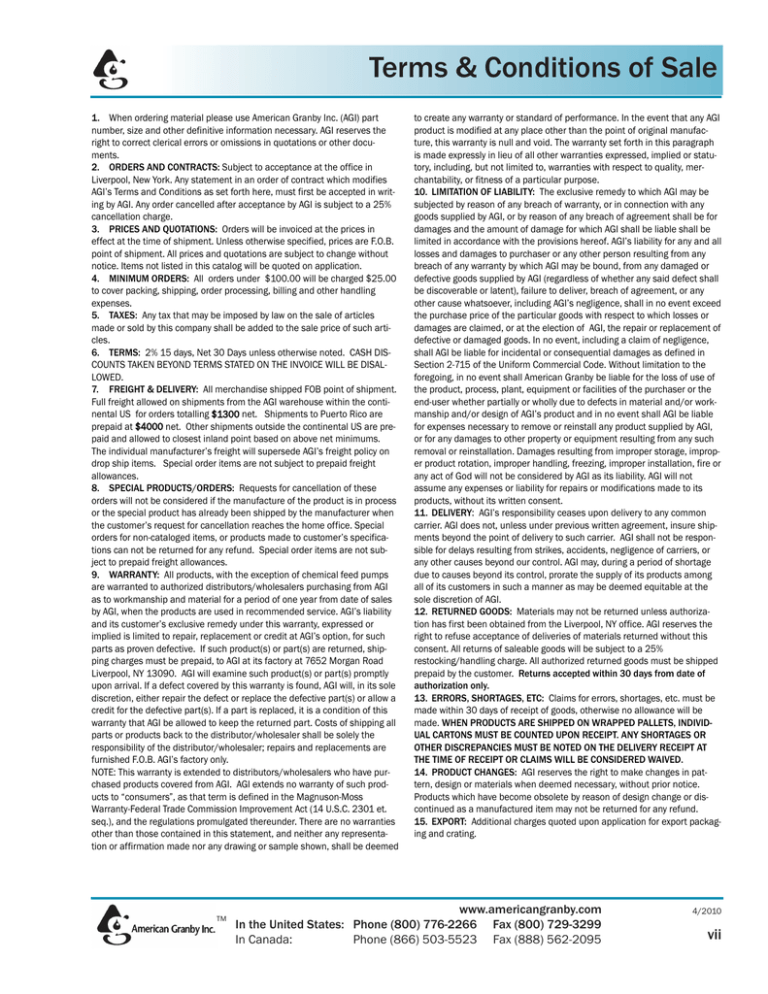




![Price Subject To Change Disclaimer Examples Sample Disclaimer Template & Examples [Download for FREE]](https://cdn.websitepolicies.com/wp-content/uploads/2022/03/generic-sample-template-1024x396.png)
